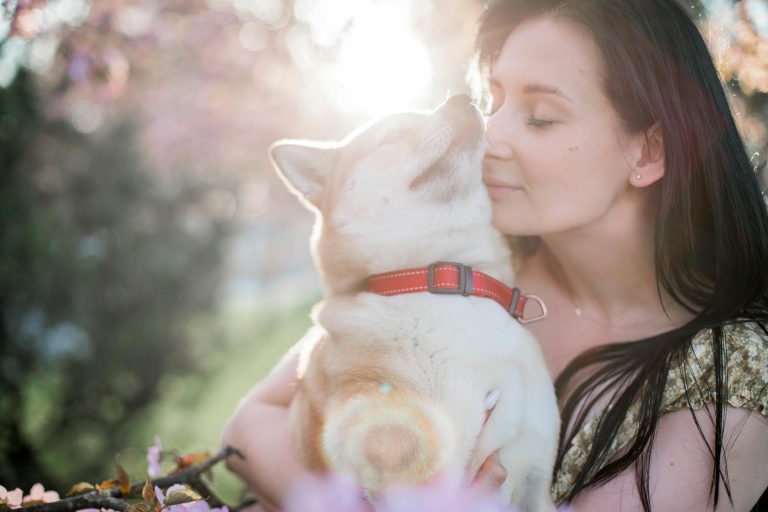Why Does My Dog Cry When I Hold Him?
“Why does my dog cry when I hold him?” Dogs, our lovable furry companions, communicate in various ways, and one common behavior that baffles many pet owners is the tendency of their dogs to cry when held. As humans, we cherish the moments of bonding with our dogs, but understanding the reasons behind their tears requires a closer look into canine communication and behavior.

Introduction: Why Does My Dog Cry When I Hold Him?
“Why does my dog cry when I hold him?” Dogs, often regarded as man’s best friend, have a unique way of expressing themselves. Their behaviors, whether tail-wagging or barking, serve as a means of communication. In this article, we delve into the intriguing question: “Why does my dog cry when I hold him?” Let’s explore the nuances of canine communication and the factors contributing to this behavior.
The Nature of Canine Communication
Canine communication involves a combination of vocalizations, body language, and subtle cues. While barking is a well-known form of expression, understanding a dog’s body language is equally crucial. When held, a dog may cry as a form of communication, signaling a range of emotions.
Comfort and Discomfort Signals
Dogs express comfort through relaxed body language, wagging tails, and content expressions. On the flip side, crying may indicate discomfort or distress. Identifying these signals is crucial in deciphering why a dog may cry when held.
Individual Variations in Dogs
Every dog is unique, and their reactions to being held can vary. Factors such as breed, personality, and past experiences play a significant role in shaping a dog’s behavior. It’s essential to recognize and respect individual differences among our canine companions.
Past Experiences and Trauma
A dog’s past experiences significantly influence its behavior. Those with traumatic histories may exhibit fear or anxiety when held. Understanding a dog’s background is key to addressing and alleviating such distress.
Read More: How to Hug a Dog?
Fear of Heights or Unfamiliar Settings
Some dogs may be uncomfortable with the sensation of being held, especially in certain positions or unfamiliar settings. Fear of heights or a lack of security can contribute to their distress.
Lack of Socialization
Early socialization is crucial for a dog’s well-being. Dogs lacking exposure to various environments and interactions may develop behavioral issues, including crying when held. Addressing socialization gaps is vital for a well-adjusted pet.
Medical Reasons
It’s essential to consider potential health issues when a dog consistently cries when held. Pain, discomfort, or underlying medical conditions could be contributing factors. Consultation with a veterinarian is recommended for a thorough assessment.
Building Trust and Positive Associations
Building trust is fundamental in any human-dog relationship. Dogs that trust their owners are more likely to feel secure when held. Associating positive experiences with being held reinforces a sense of safety and comfort.

Gradual Desensitization Techniques
For dogs displaying aversion to being held, gradual desensitization is a valuable technique. Introducing them slowly to the experience, coupled with positive reinforcement, helps them associate being held with positive outcomes.
Recognizing Genuine Affection
While crying may signal distress, it’s essential to recognize when a dog’s tears stem from genuine affection. Some dogs express their love through soft cries, indicating a deep emotional connection.
Communicating with a Professional Dog Trainer
Persistent issues with a dog crying when held may necessitate professional intervention. Seeking advice from a qualified dog trainer can provide insights into the specific behavior and effective strategies for improvement.
The Importance of Patience
Patience is a virtue in dog training. Celebrate small victories and progress, reinforcing positive behaviors with love and rewards. Building a strong bond takes time, and patience is key in overcoming challenges.
Case Studies
Real-life examples showcase dogs that have successfully overcome crying during being held. These stories inspire hope and provide valuable insights into effective strategies for addressing similar behaviors.
Conclusion
In conclusion, understanding why a dog cries when held requires a nuanced approach. By recognizing individual variations, addressing past experiences, and employing positive training methods, pet owners can foster a stronger bond with their furry friends. Remember, each dog is unique, and patience is paramount in building a trusting relationship.




Leave a comment